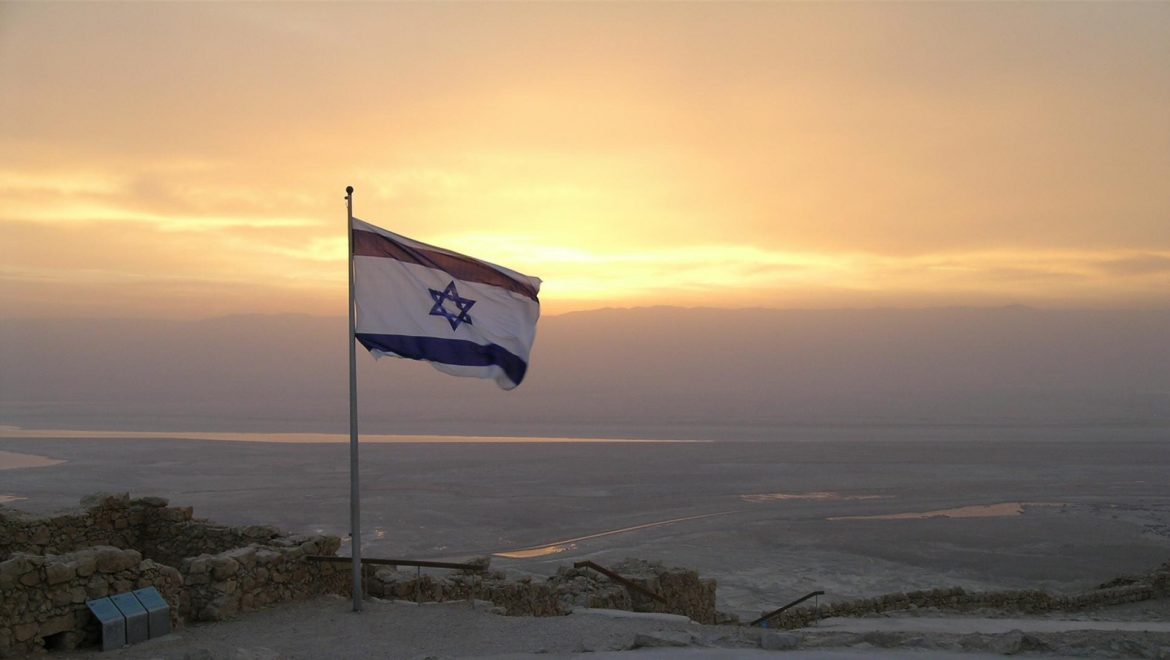
This thorough article compares the findings of the The Jewish People Policy Institute’s Israeli Pluralism Survey (2016) and the Pew Research Center’s survey (2014-2015), the results of which were published as “Israel’s Religiously Divided Society,” which divided Israel’s Jewish population into four major groups: Hilonim (secular), Masoratim (traditional), Datiim (religious), and Haredim (ultra-Orthodox). When conducting their survey, the JPPI questioned whether Jewish Israelis from different groups and Jewish Israelis and Diaspora Jews share the same basic concept of Jewish identity. While the Pew survey presents a very clear division between Hilonim and the other three groups, the JPPI survey suggests that there is actually a continuous spectrum moving between all the different levels of religious observance within Israeli society, which enables integration and religious mobility between groups. The survey highlights how differently Israeli and Diaspora Jews relate to their Jewish identities.
